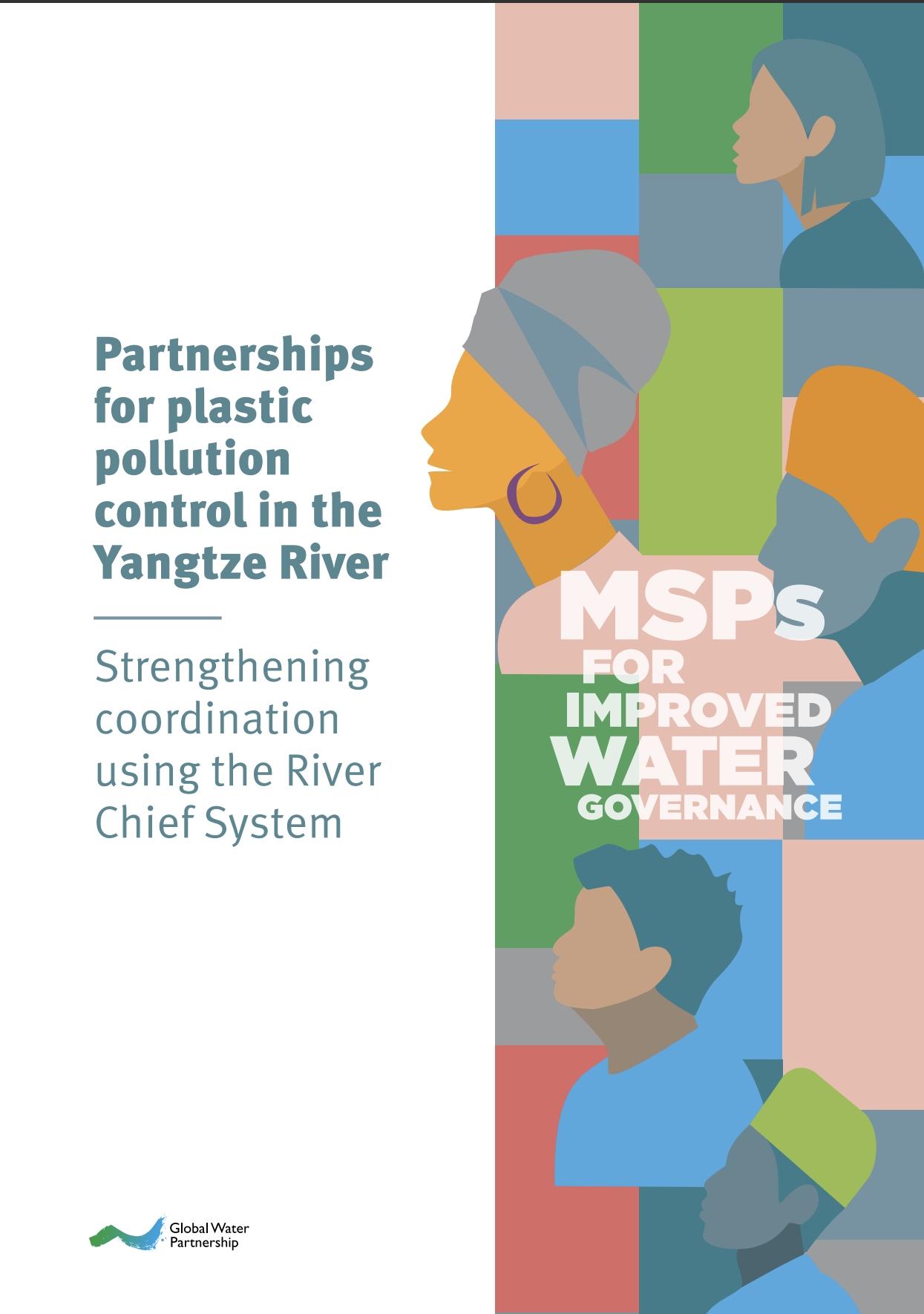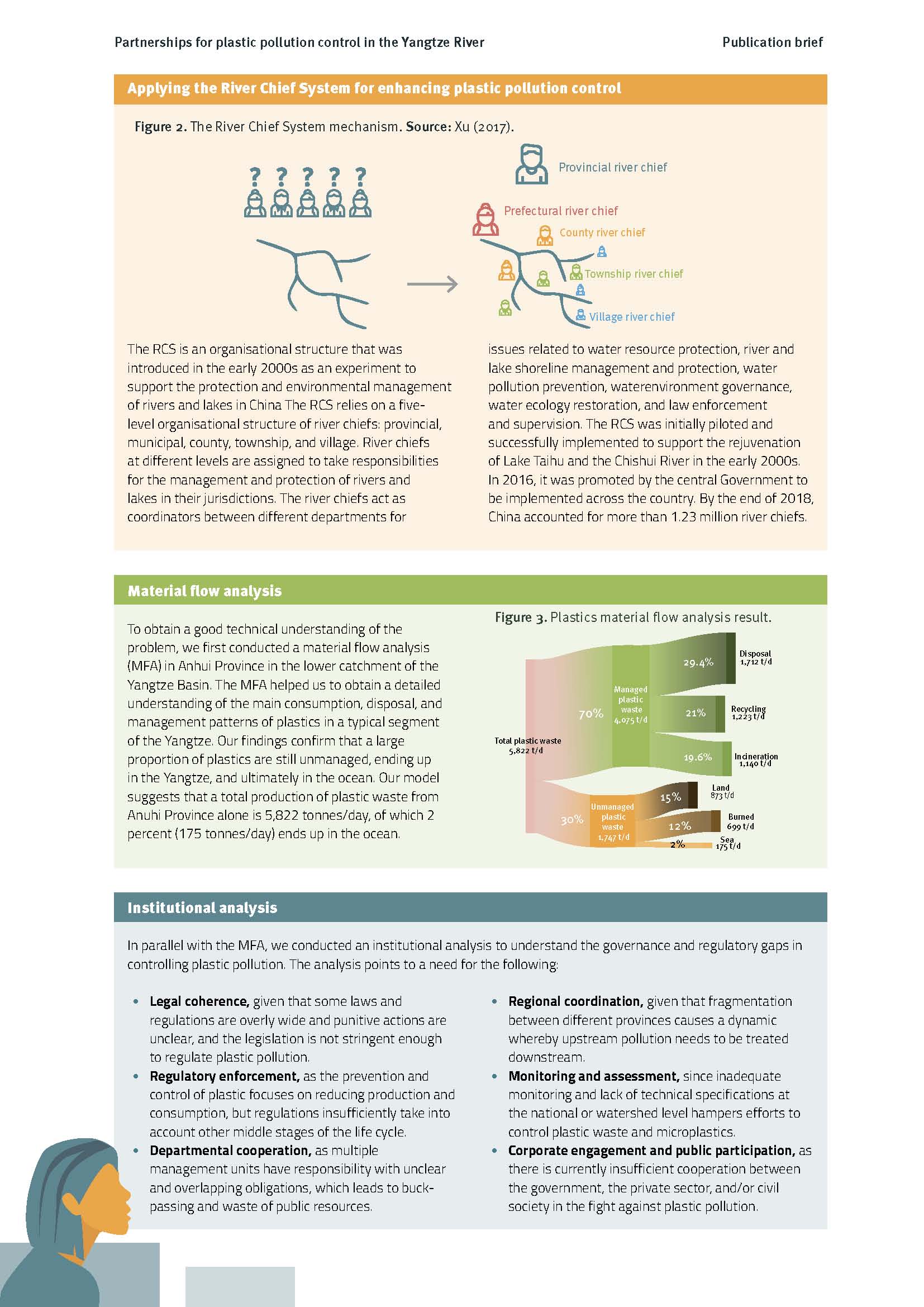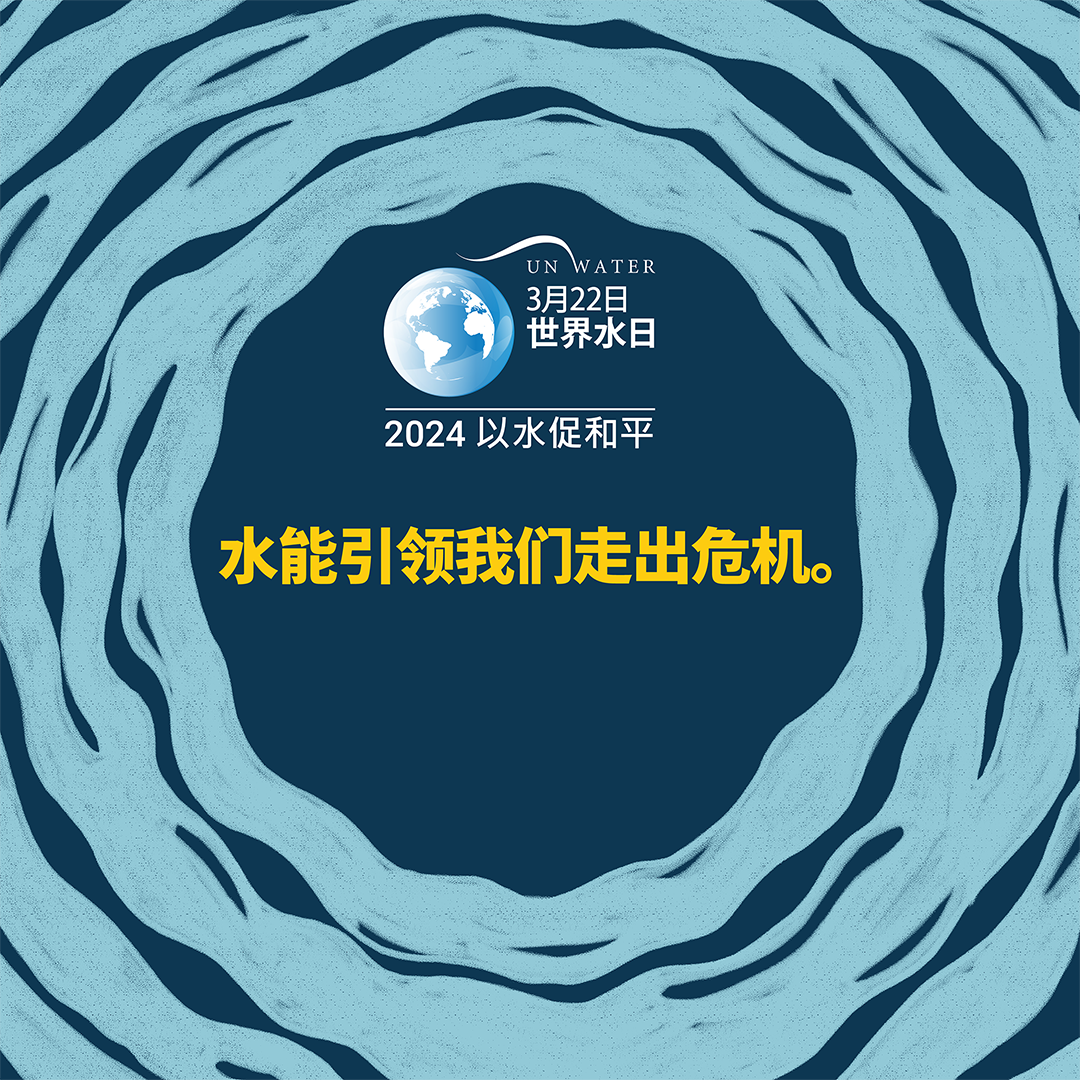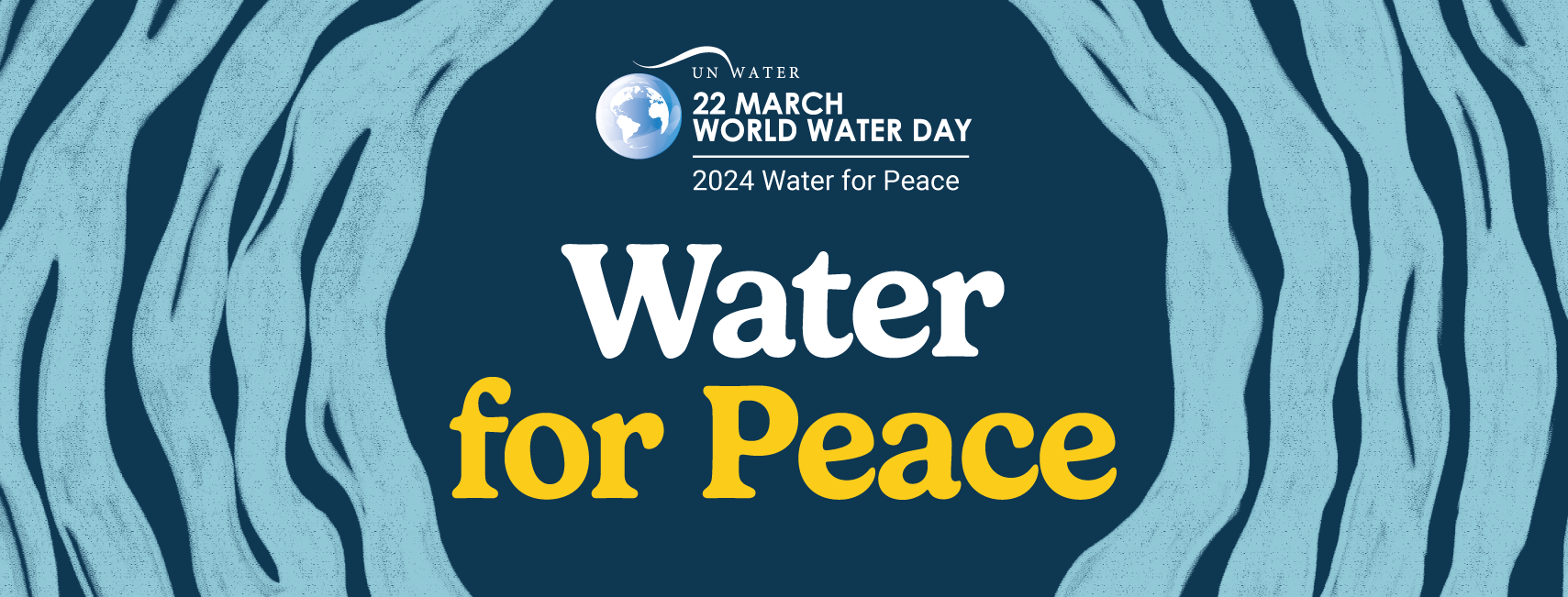When water is scarce or polluted, or when people have unequal, or no access, tensions can rise between communities and countries. More than 3 billion people worldwide depend on water that crosses national borders. Only 24 countries have cooperation agreements for all their shared water. Water might can create peace or spark conflict, which depends on how people deal with challenges or crises. Collaboration is an initiative step towards a harmony, generating prosperity and building resilience to shared challenges.
The River Chief System (RCS) is an outstanding practice of China to implement a coordination mechanism among all stakeholders for a joint contribution to a sustainable development of rivers and lakes in China.
From the report 'Partnerships for Plastic Pollution Control in the Yangtze River', it is quoted, "The River Chief System is an organisational structure that was introduced in the early 2000s as an experiment to support the protection and environmental management of rivers and lakes in China". GWP China Yangtze River Basin and GWPO reveal us methodologies and cases of strengthening coordination by using the River Chief System that has an effective control over pollutions in the river basin.
According to the report, in 2016, the central Government released the document "Opinions on full implementation of the River Chief System across the country", marking the start of a rapid transition of the RCS from a localised emergent policy experiment to nationwide action. By 2021, there were more than 1.2 million river chiefs in China.
The System relies on a five-level organisational structure of river chiefs: provincial, municipal, county, township, and village. River chiefs at different levels are assigned to take responsibilities for the management and protection of rivers and lakes in their jurisdictions. Their "six main tasks" include strengthening water resource protection, river and lake shoreline management and protection, water pollution prevention, water environment governance, water ecology restoration, and law enforcement and supervision. Since the expansion of this system nationwide in 2016, the condition of rivers and lakes in China has continued to improve significantly, proving the effectivity of the RCS for solving complex collaborative problems in water pollution control.
For rivers within one province, the System can use the authority of the higherlevel Government to break the administrative barriers, and implement the management and protection tasks in a coordinated way through the RCS responsibility chain at provincial, municipal, county, township, and even village levels. For trans-provincial rivers (for instance the Yangtze River, which crosses 11 provinces), the RCS can further assist watershed management agencies by providing guidance, coordination, supervision, and monitoring roles. It can help establish the trans-provincial river environmental pollution collaboration mechanism with provincial RCS, to overcome the fragmentation of management between upstream and downstream areas, and achieve trans-provincial coordination and synchronisation of environmental pollution management measures, thus promoting the holistic management of the whole basin from the source to the sea.
The RCS actively encourages enterprises, social organisations, the public, and other stakeholders to participate in river and lake protection, management, and supervision. In recent years, groups of "enterprise river chiefs" and "civil river chiefs" have been selected, a collaborative platform for river protection volunteers has been set up, and special training and exchange of experience in river management and water protection have been organised. In addition, the river chief actively invites enterprise river chiefs, volunteers, and representatives of public welfare organisations to participate in joint meetings of the watershed RCS, to guide and encourage enterprises to actively fulfil their social responsibilities, and jointly create a good social atmosphere to manage and protect water environment.
The RCS views improving the environmental situation from the source to the sea as results-oriented, through the step-by-step development of a river and lake management and protection work implementation plan, sound linkage mechanism, clear assessment system, joint action, etc., to promote collaborative management and protection from the source to the sea.
The story of the River Chief System perfectly echoes the UN's thematic article for the World Water Day 2024, "When we cooperate on water, we create a positive ripple effect – fostering harmony, generating prosperity and building resilience to shared challenges. We all need to unite around water and use water for peace, laying the foundations of a more stable and prosperous tomorrow."
